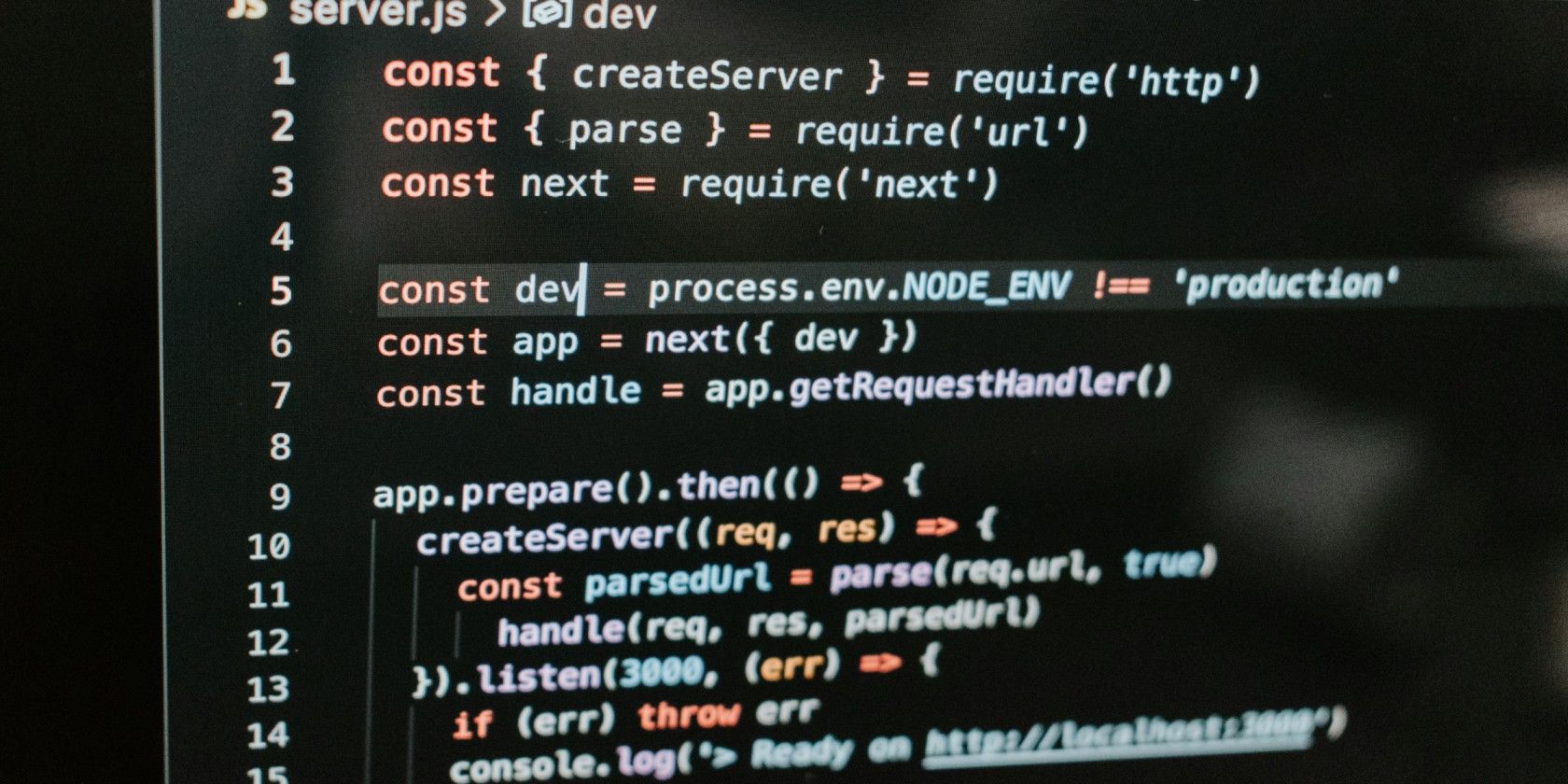State Management in Svelte Apps: A Comprehensive Guide

State management is a crucial aspect of building robust and scalable applications, regardless of the framework or library you're using. In Svelte, managing state efficiently can significantly impact the performance and maintainability of your application. In this blog post, we'll explore different state management approaches in Svelte, including using Svelte stores, context API, or external libraries. We'll also provide guidance on when to use each approach to help you make informed decisions in your projects.
1. Introduction to State Management in Svelte
Svelte's reactive nature makes managing state a seamless process. Unlike other frameworks, Svelte doesn't impose a specific state management solution, giving developers the flexibility to choose the approach that best fits their project requirements.
2. Using Svelte Stores for State Management
Benefits:
- Simple and intuitive: Svelte stores provide a straightforward way to manage state within components.
- Reactivity: Changes made to a Svelte store automatically trigger updates in components subscribed to that store.
- Global state management: Svelte stores can be easily shared across multiple components, making them ideal for managing global application state.
When to use:
- Global state: Svelte stores are well-suited for managing global application state that needs to be accessed and updated from various parts of the application.
- Simple applications: For smaller applications with limited state requirements, using Svelte stores simplifies state management without introducing unnecessary complexity.
3. Leveraging Context API for State Propagation
Benefits:
- Component hierarchy: Context API enables passing state down through the component tree without manually passing props at each level.
- Efficient updates: Context API optimizes re-renders by only updating components that consume the context when the context value changes.
When to use:
- Nested components: When you have deeply nested components that need access to shared state, Context API simplifies state propagation without cluttering the component tree with prop drilling.
- Dynamic context: Context API allows for dynamic updates to the context value, making it suitable for scenarios where state changes frequently.
4. Integrating External Libraries for Advanced State Management
Benefits:
- Additional features: External libraries such as Redux or Zustand offer advanced features like middleware, time-travel debugging, and selectors, which can enhance state management capabilities.
- Community support: Leveraging established state management libraries provides access to a wealth of community-contributed resources, tutorials, and plugins.
When to use:
- Complex state logic: For applications with complex state management requirements or those transitioning from other frameworks with existing Redux implementations, integrating external libraries provides more extensive state management capabilities.
- Interoperability: If your project requires interoperability with existing Redux-based projects or libraries, integrating Redux into your Svelte application ensures seamless compatibility.
5. Conclusion
Choosing the right state management approach is essential for building scalable and maintainable Svelte applications. By understanding the strengths and use cases of each approach—whether it's using Svelte stores, context API, or external libraries—you can effectively manage state in your projects while optimizing for performance and developer experience.
Consult us for free?
View More


